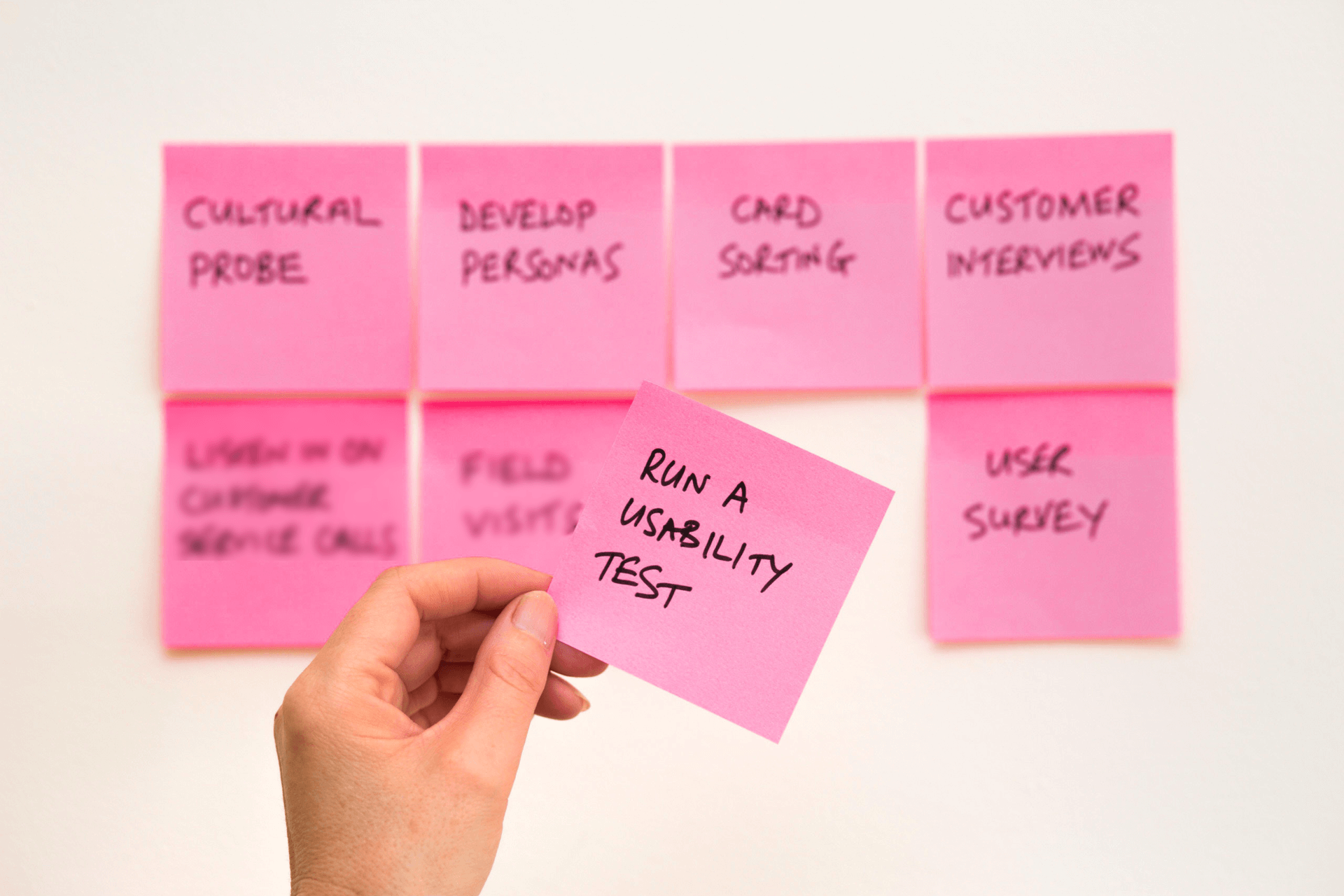Mobile qualitative research (MQR) is a popular market research method used for providing instantaneous information from a wealth of participants globally. The unique ways this offers include a variety of useful techniques that capture meaningful “aha” moments from the real world. The vast advantages of mobile research makes it an invaluable market research tool to modern researchers worldwide.

Here are some of examples of mobile qualitative studies:
Improving Coffee Packaging
We live today in a world where it seems like there is a new coffee brand every week. Small niche producers creatively market their specialized brands as if they were valuable and exclusive wines. Large global manufacturers do massive package testing studies in target markets to create a blend of preferences that allows them to launch and maintain a big national brand. In the case we will describe here, a medium sized coffee company was recently bought by a large manufacturing company, but the large company wanted to retain the smaller company’s regional identity. The trouble was that the product packaging was sorely outdated, as the coffee packaging and label had not been updated for over a decade.
The researcher’s goal was to understand what drove consumers to purchase the brand of coffee and what role the packaging played in it. Fifty participants who were regular buyers of the target brand were selected to be project respondents. There were three activities to complete and a one-week time frame to complete them. Respondents were given a $50 check for their time.
In order to better understand the consumer’s thoughts and opinions before being in the actual location making the coffee purchase decision, respondents had to complete the first activity. This included photos of the product in their homes, and a short video of coffee preparation, followed by audio and photos of the product being consumed. For the second activity, respondents were asked to go the grocery store and look around at all the coffee products and choose which one they wanted to purchase, based solely on the packaging. This was to better understand how labels and packaging in the coffee aisle affected their coffee preference. In the third activity participants were asked to record a short video talking about the perfect coffee packaging, plus a second short video to “sell us” on the target brand of coffee.
Evaluating Gas Station Service
While self-service gas pumping is all the rage in most of the U.S., full-service is still the mode in many countries outside of the U.S. The client, a large network of gas stations outside of the U.S., felt they had a solid understanding of the quality of service required by their customers, but were surprised their customer feedback did not reflect this.
The goal was to both to confirm the service preference pain points of their customers as well as to see if their full-service gas stations were complaint with the service protocol, employee uniform code, and quality of service.
A group of 100 respondents who were patrons of the target company were selected to participate in this mobile study. They were required to enable geolocation on their mobile devices in order to confirm via GPS that they were actually at the full-service gas station during their moment of study participation. It was essential that their responses take place live in the moment and not after the service experience - a feat best achieved by conducting market research using mobile.
There were several questions to answer per station visit. These included responses to questions on service protocol compliance plus photos that illustrated their key responses.
Factors of importance included how they were greeted, communication about special promotions, the cleaning of car windows, and being thanked for their purchase, among other touch points. Because the Civicom ThoughtLight mobile app utilized offline capability the data was automatically uploaded if the respondent was out of internet range at the time of the visit.
Through this mobile study the results were able to show that the quality of service and uniform standard was not followed sufficiently in smaller cities. These findings provided direction for both short-term and long-term changes.
Enhancing Pharma Solutions with Patient Feedback
A medical team at a dermatology healthcare center was selected a target site for assessing how their patients with eczema were treating their condition, responding to ingredients in products and managing the emotional impact of the condition.
The goal was be more proficient at recognizing diagnosing and managing the vast array of eczema problems people faced in daily their daily routine, to go beyond simply addressing the problem with a prescription. The outcome was for the key product manufacturer to identify points on which they could provide additional valuable information to their product users, in order to increase the value of their product over others, for both the medical community and the patients.
Patients kept a daily journal over a one month period of the research study. During this time they kept a daily record to measure how eczema had affected their lives. This included photos of their condition in social and work situations, sleep patterns, shopping history, and ways in which they were impacted by their medications. A helpful discussion guide led them through the topics to respond to with their audio recordings and photos.
Recording details in response to these personal questions allowed for a deeper connection between respondents and researcher and led to many valuable insights on how severe some eczema types were and how they impacted the lives of their patients. The outcome was an improved website and blog for the product manufacturer that enhanced their image in the medical community as well as with patients as a valuable source of lifestyle advice in addition to a provider of prescription medicine.


